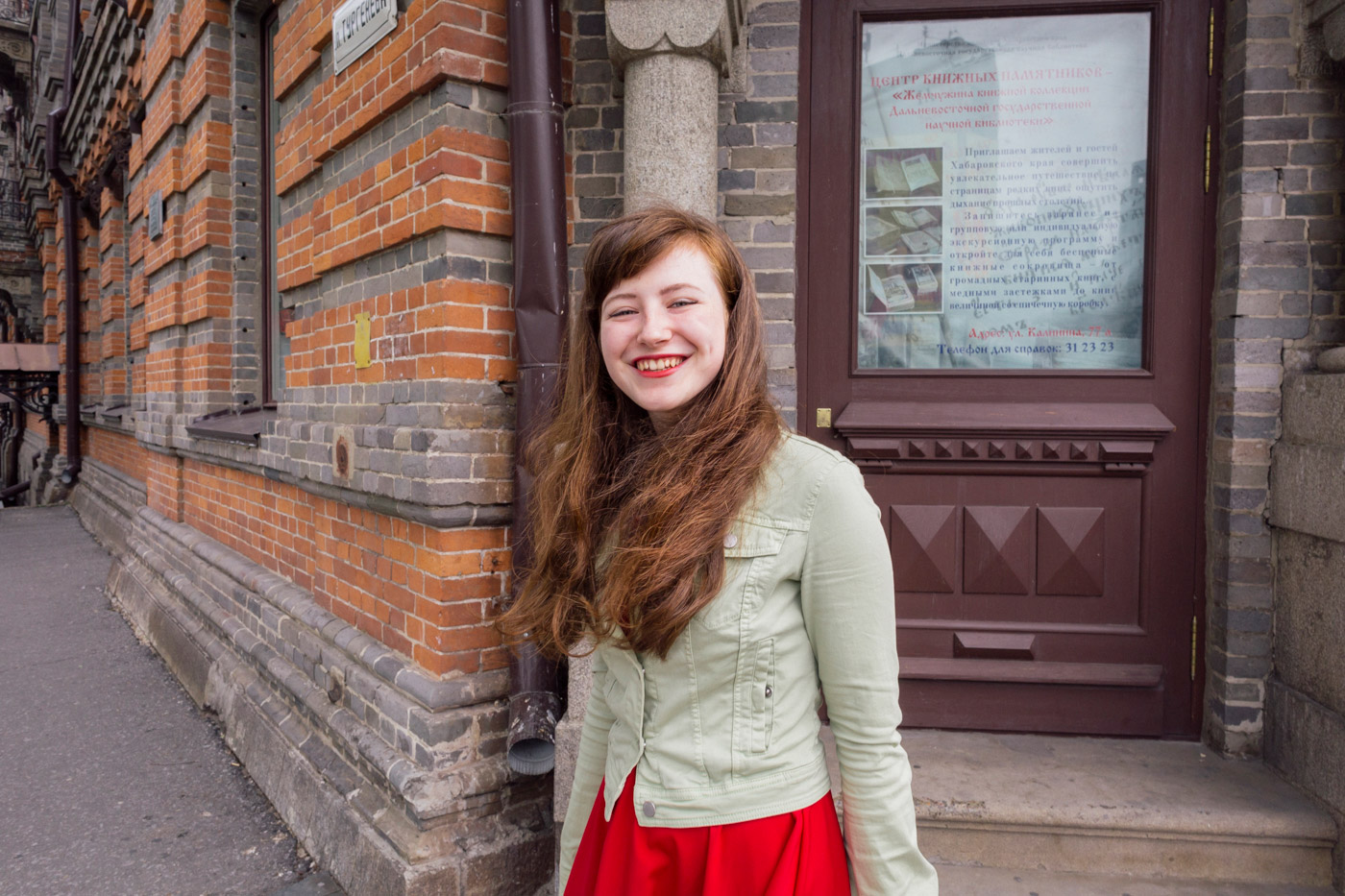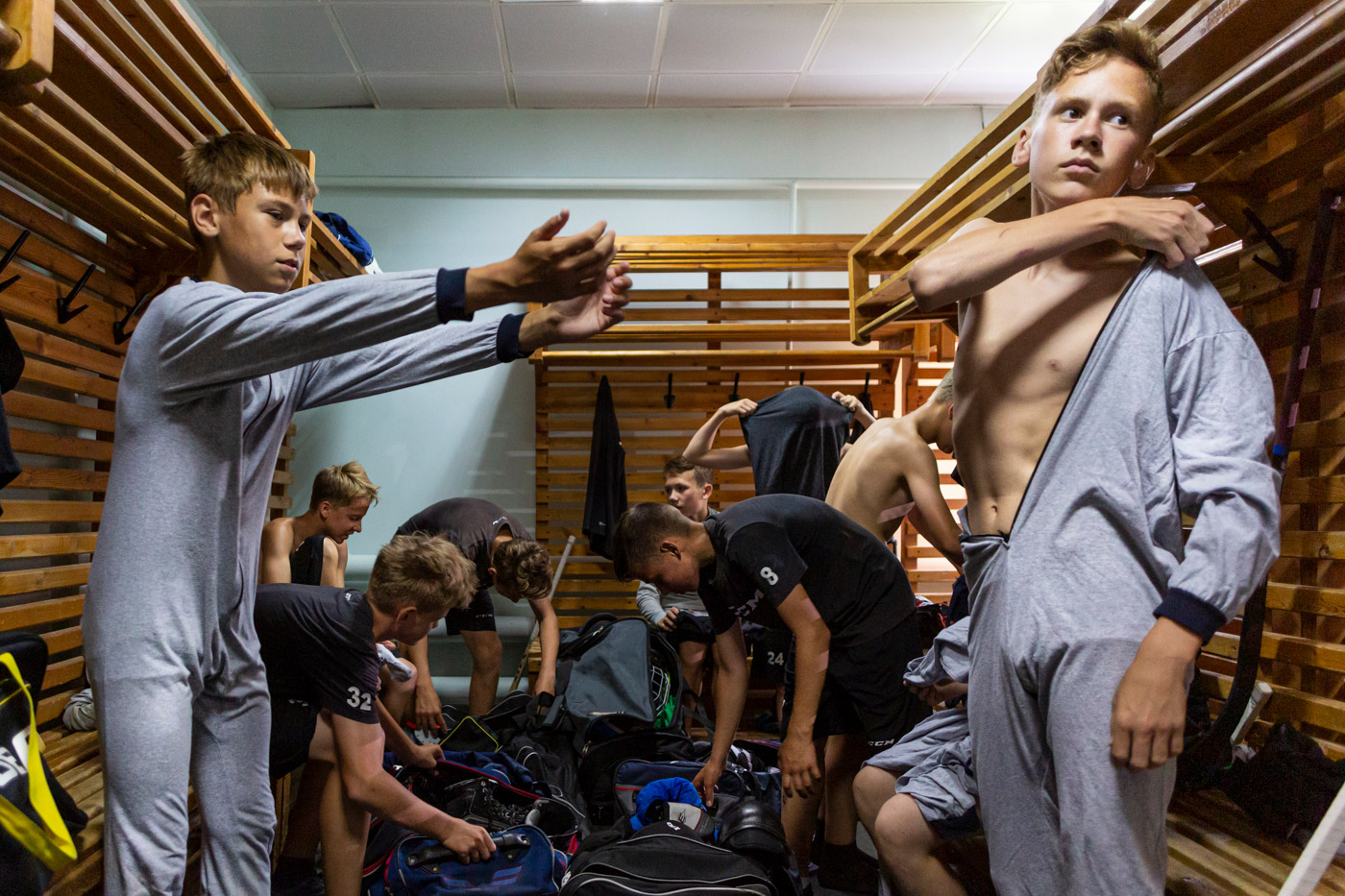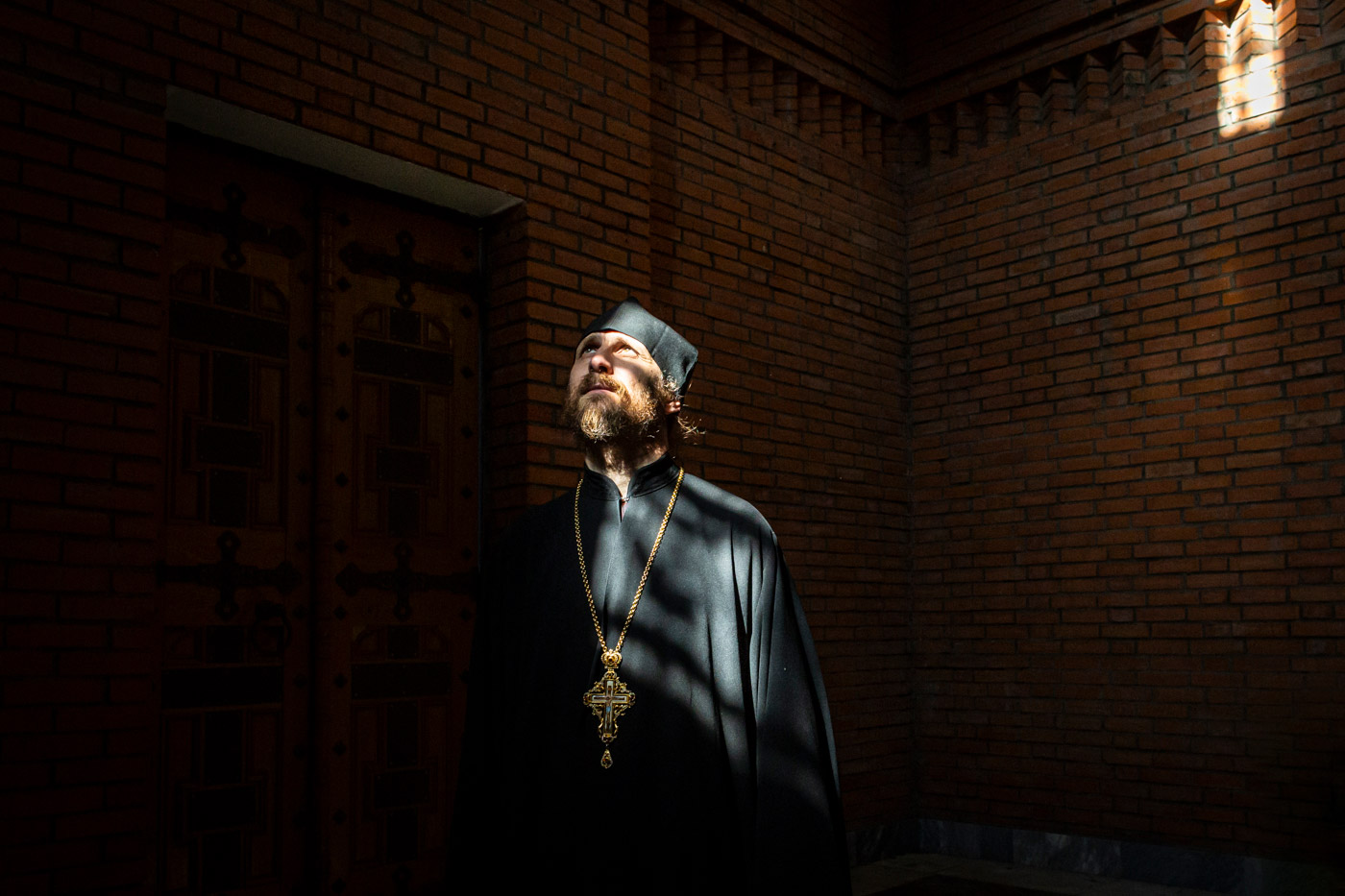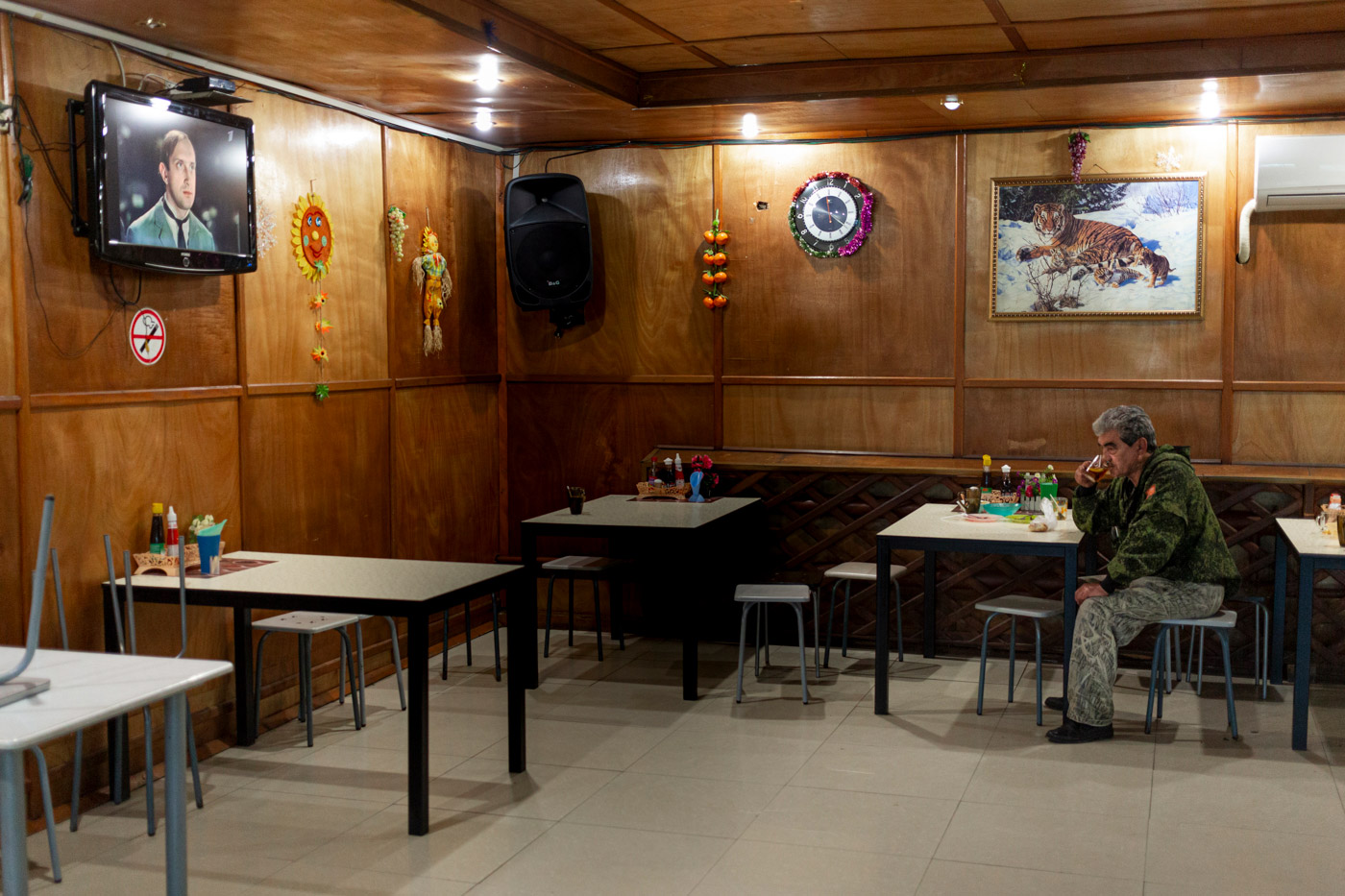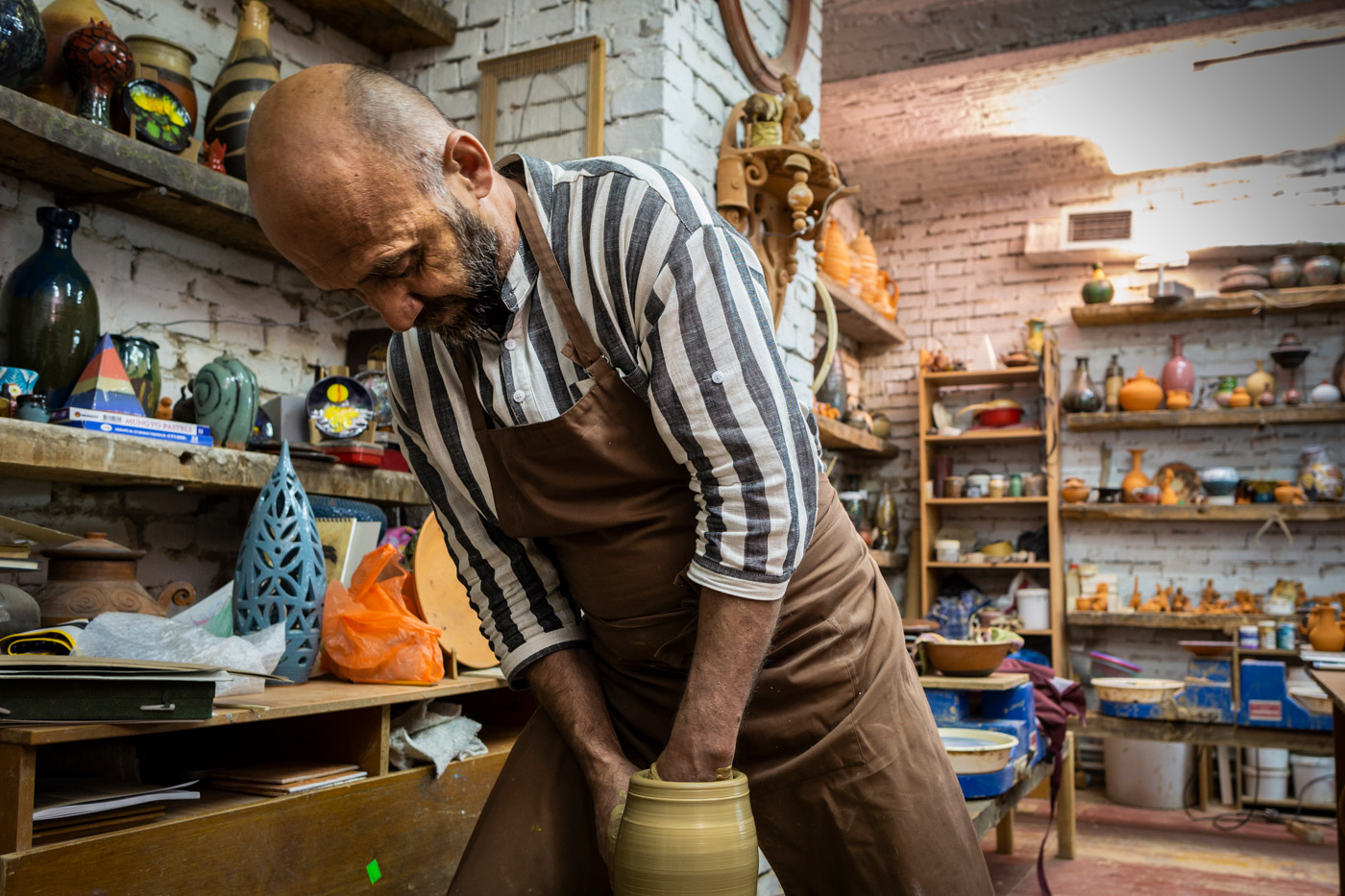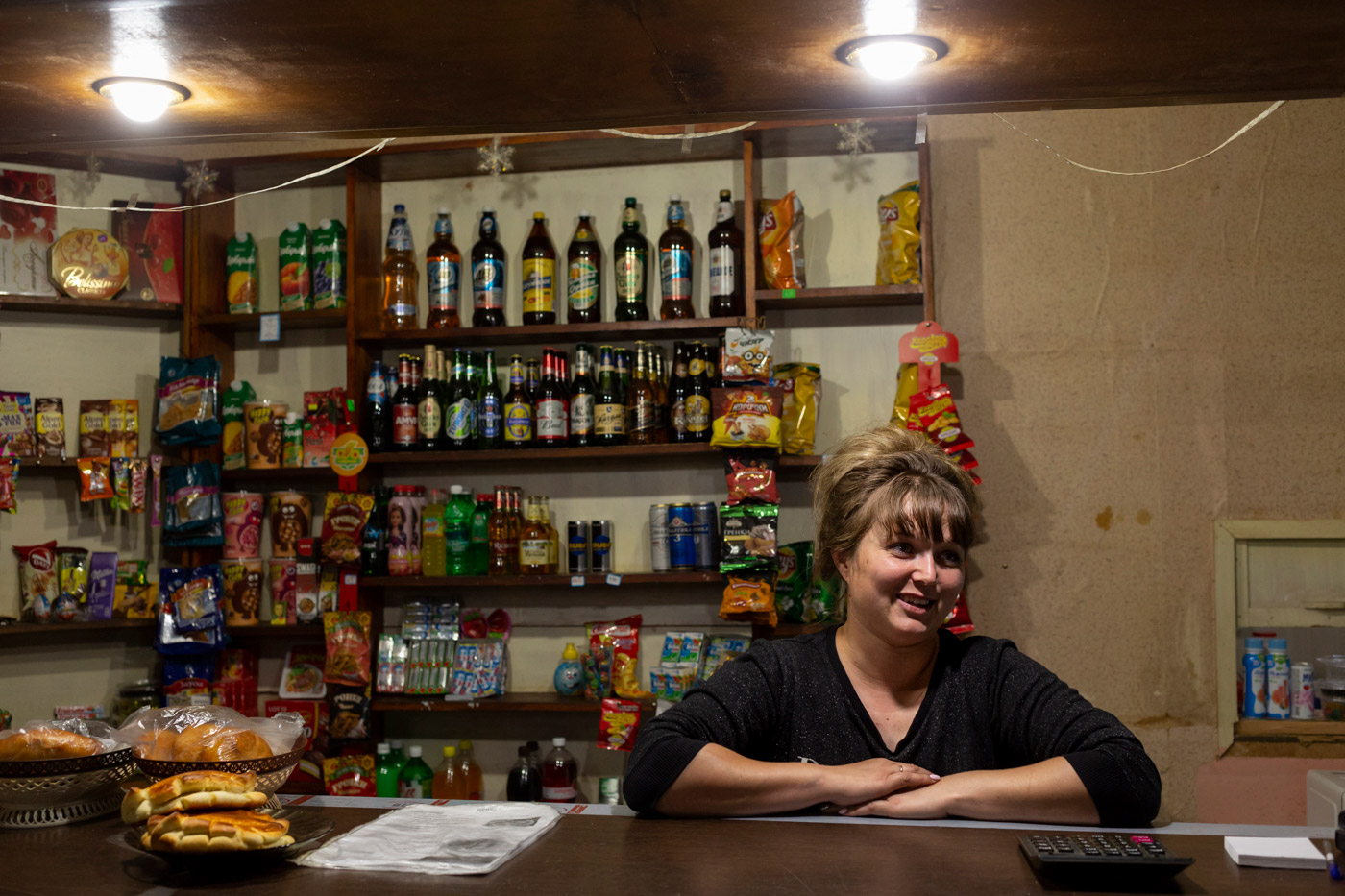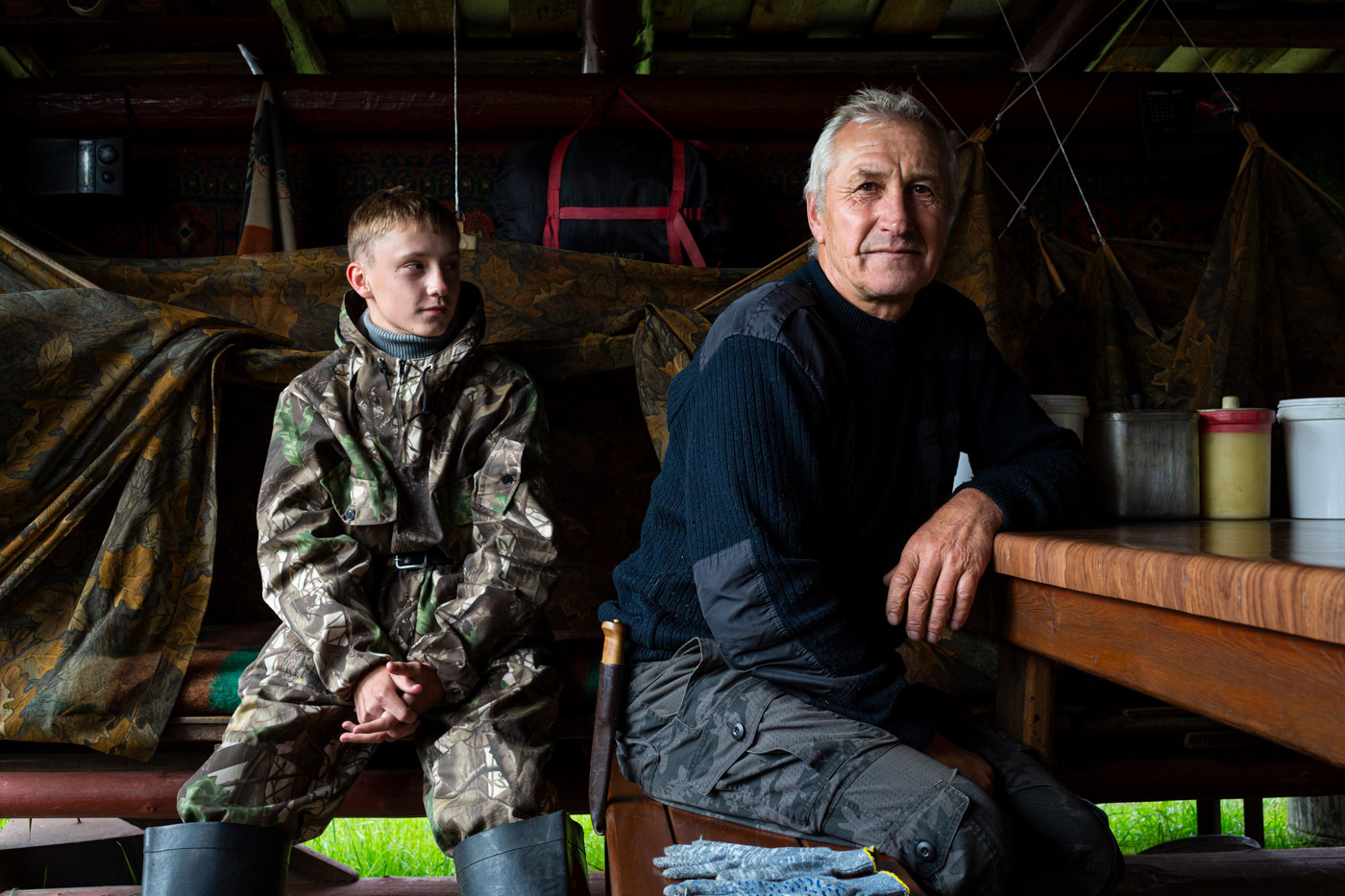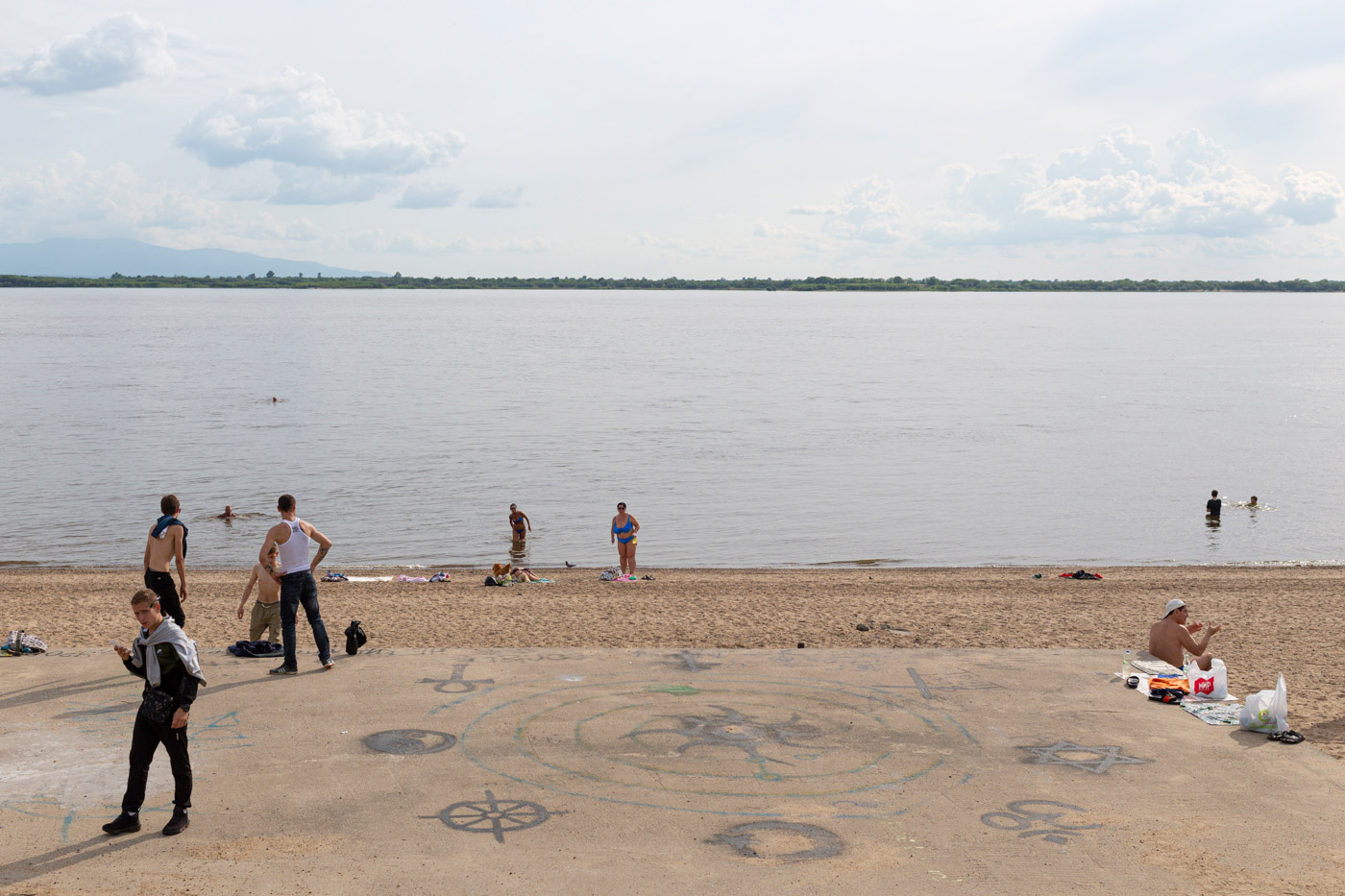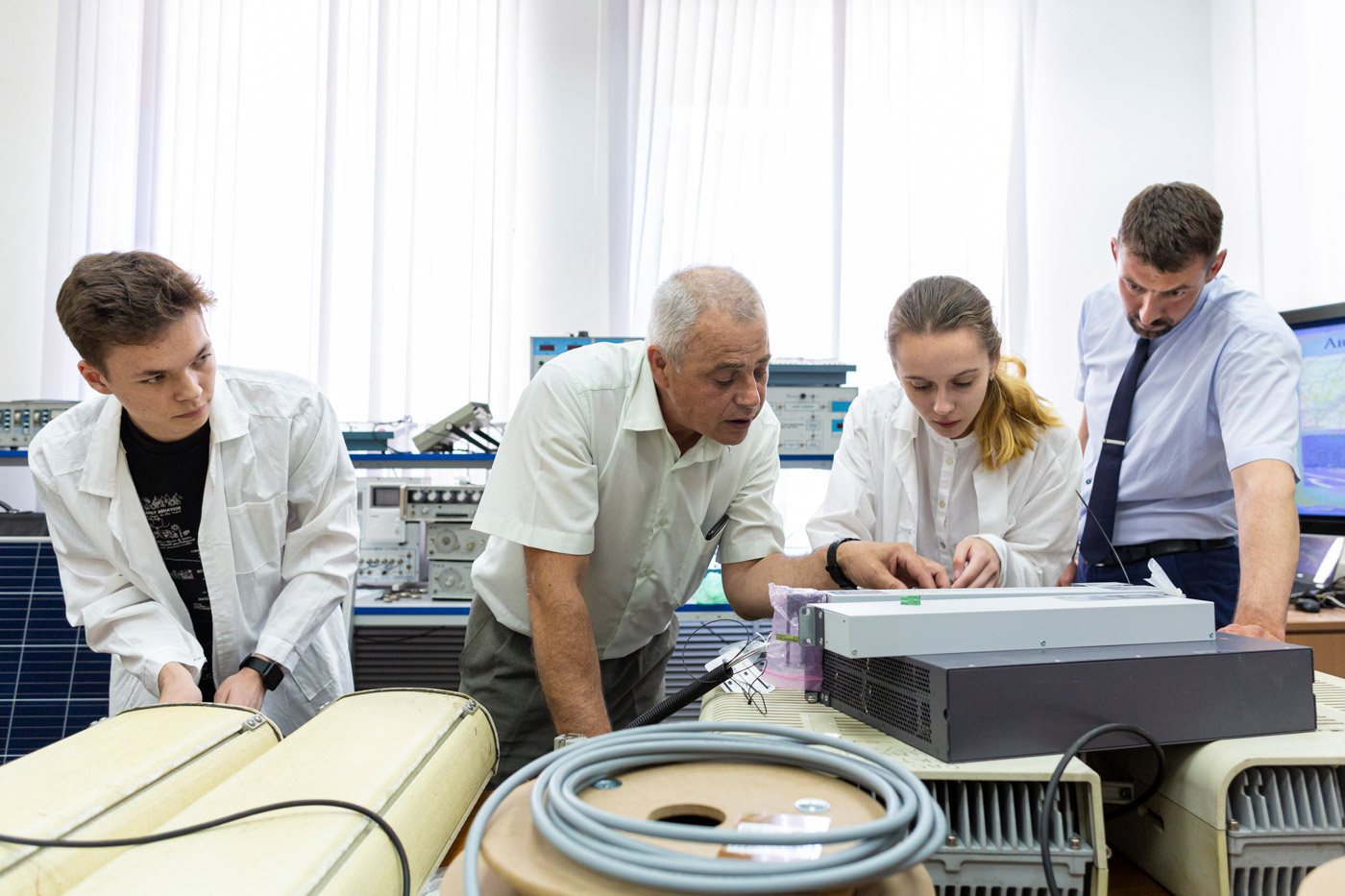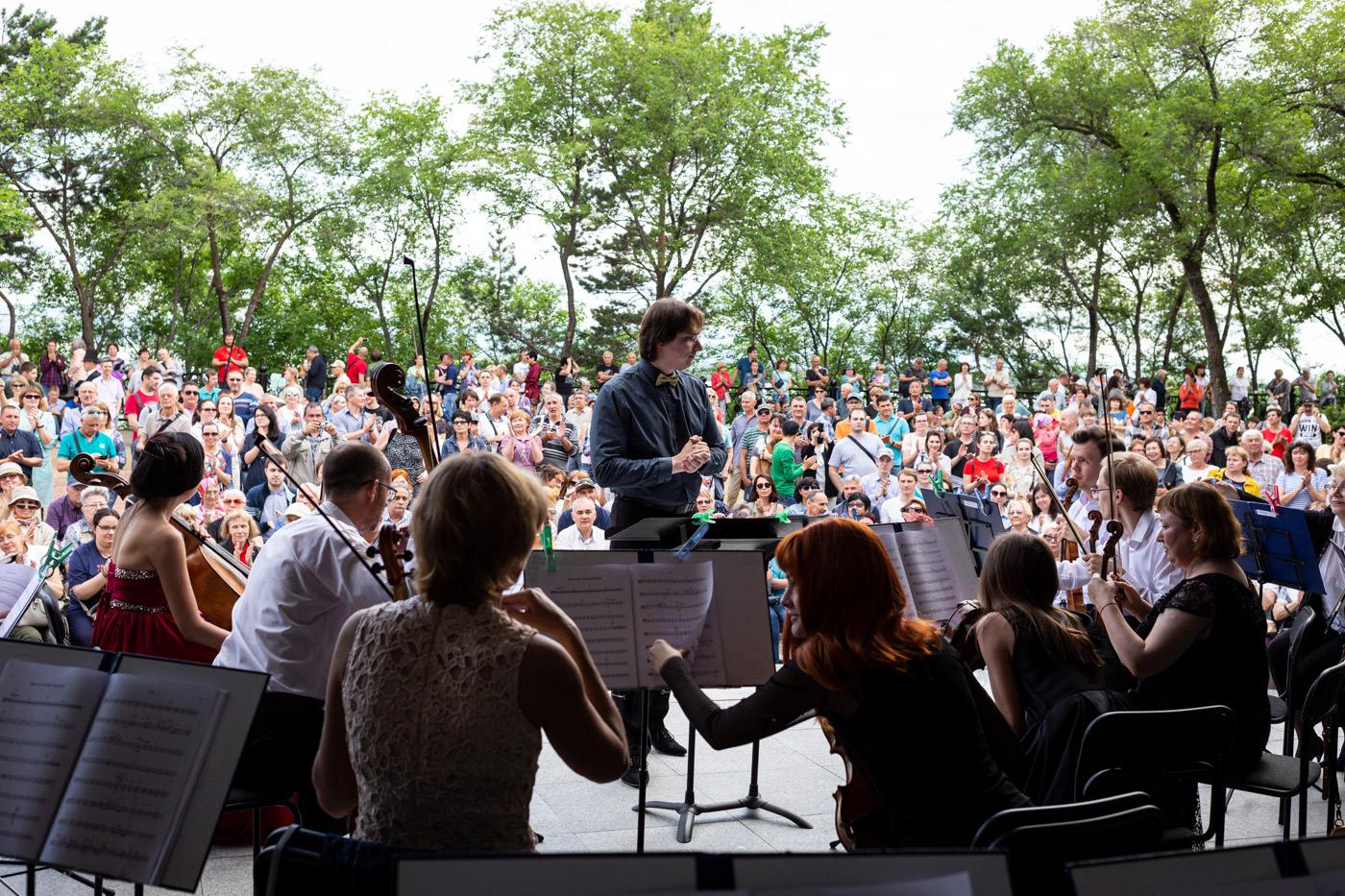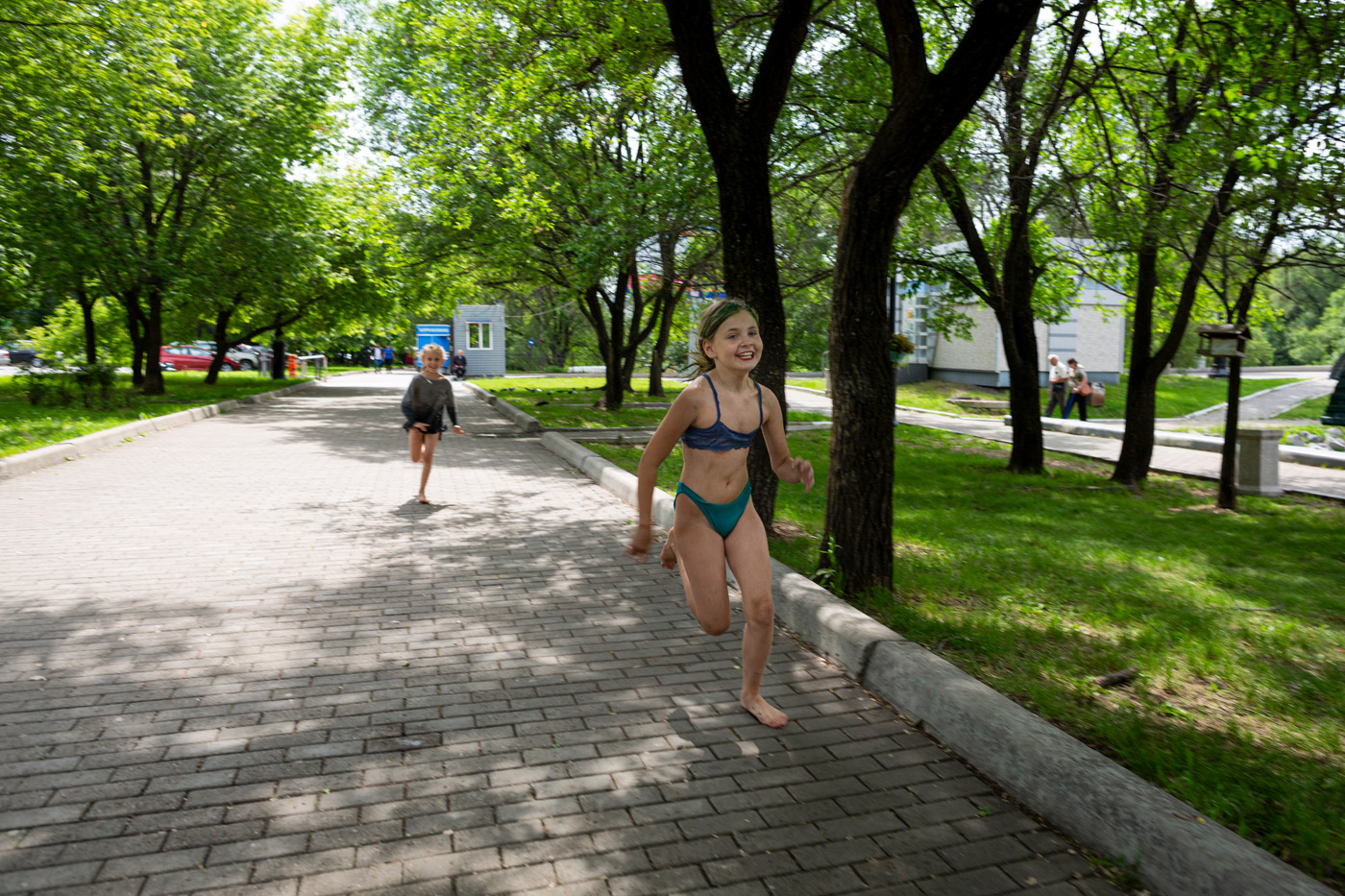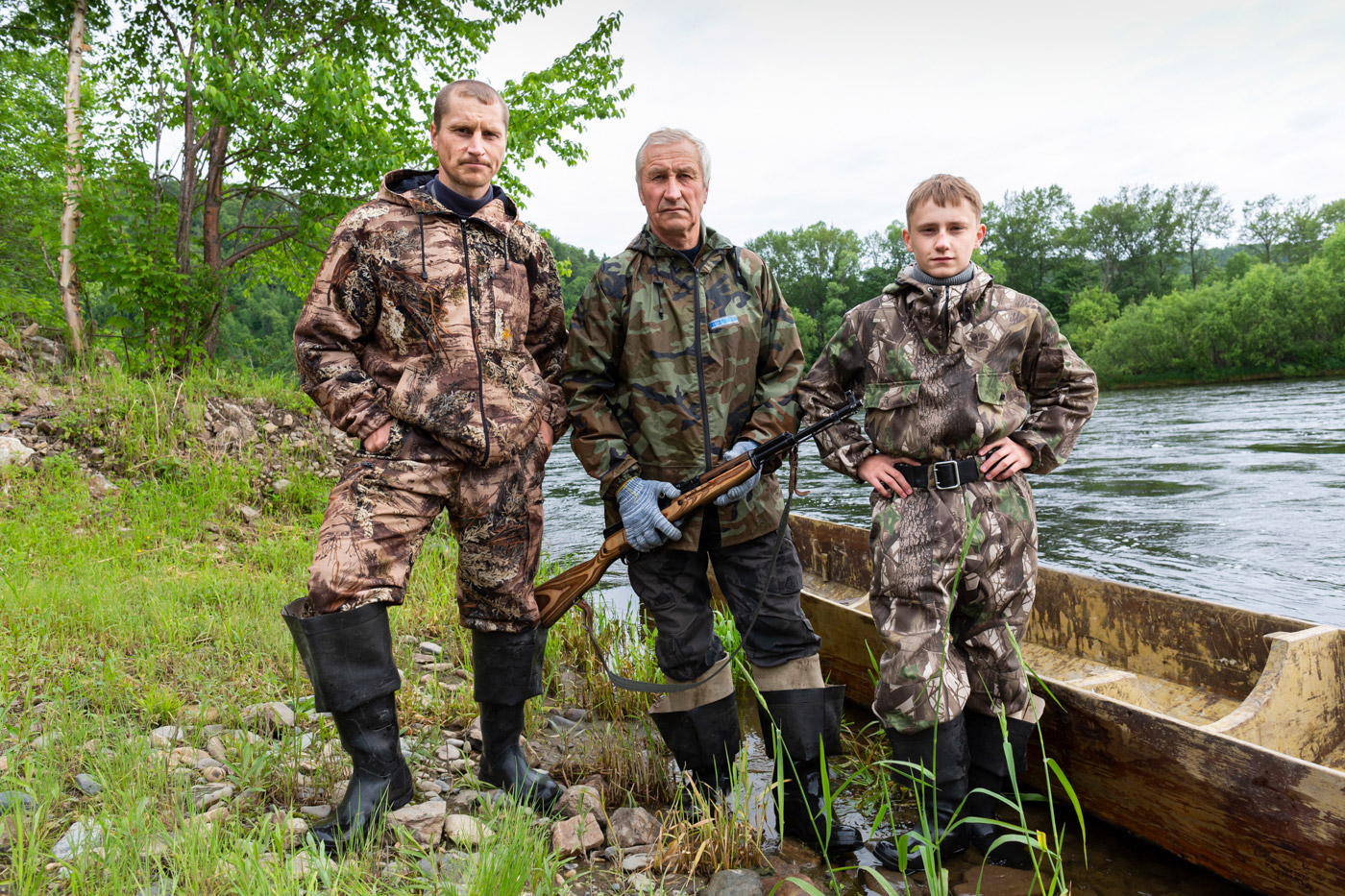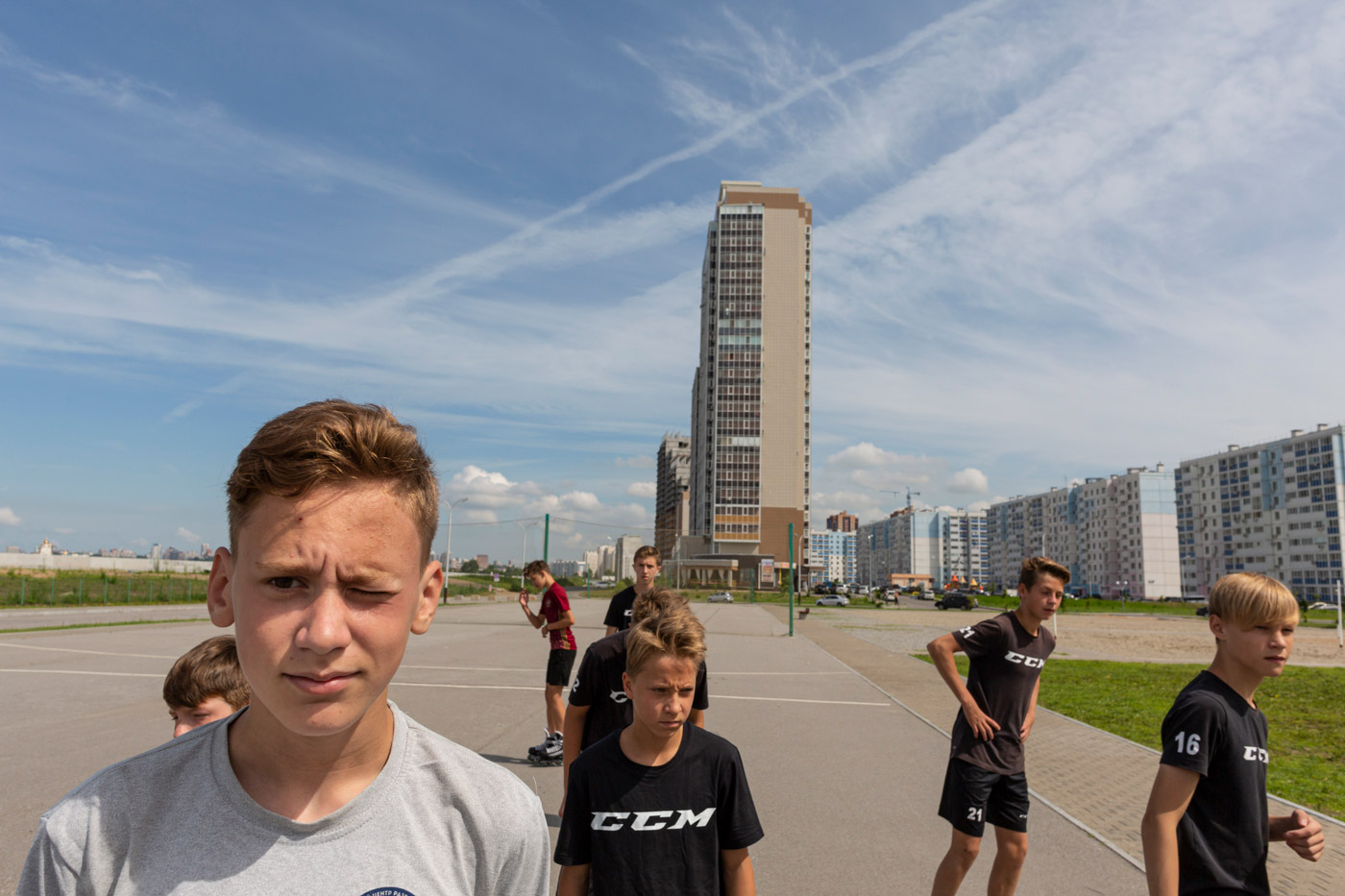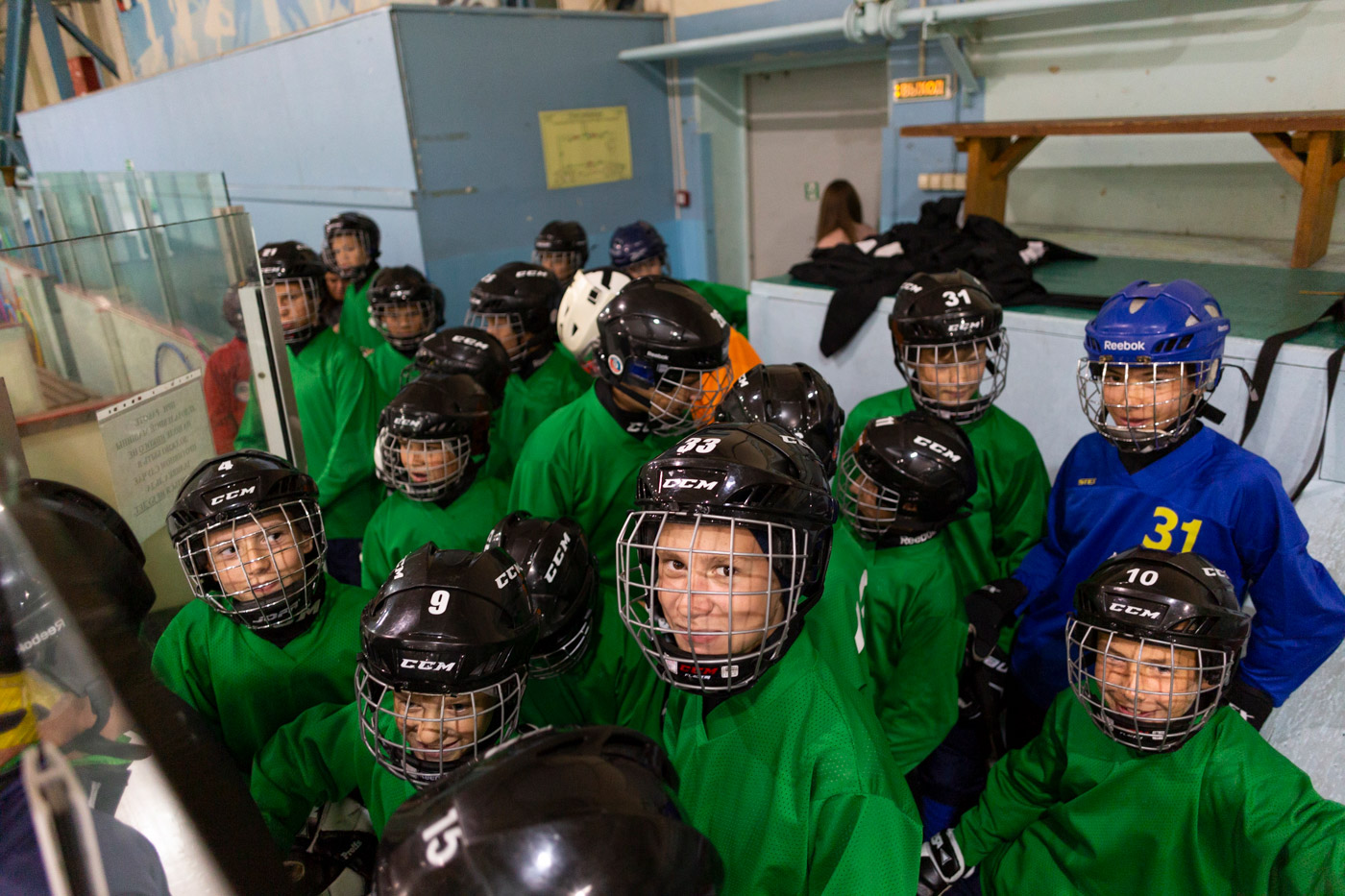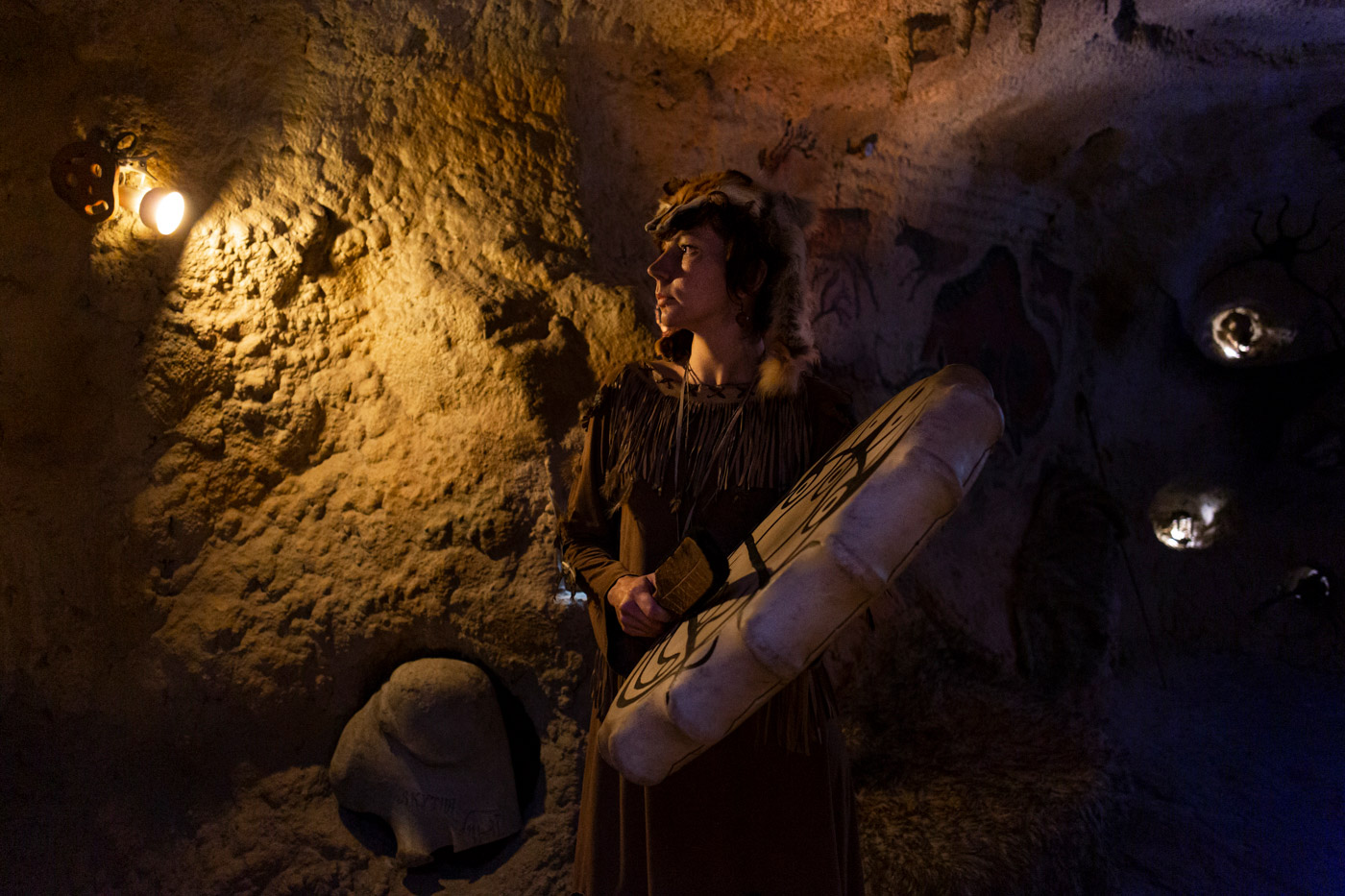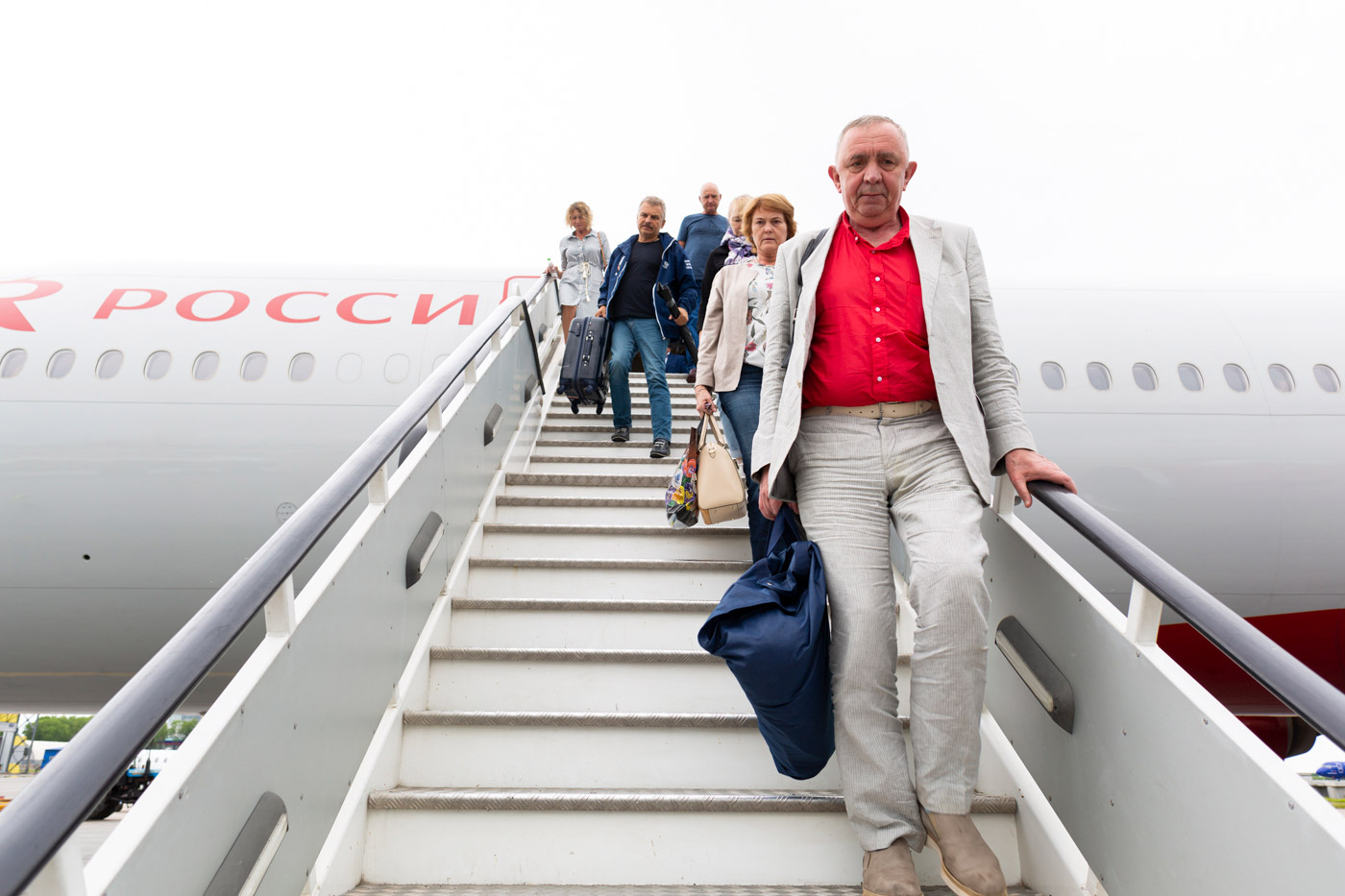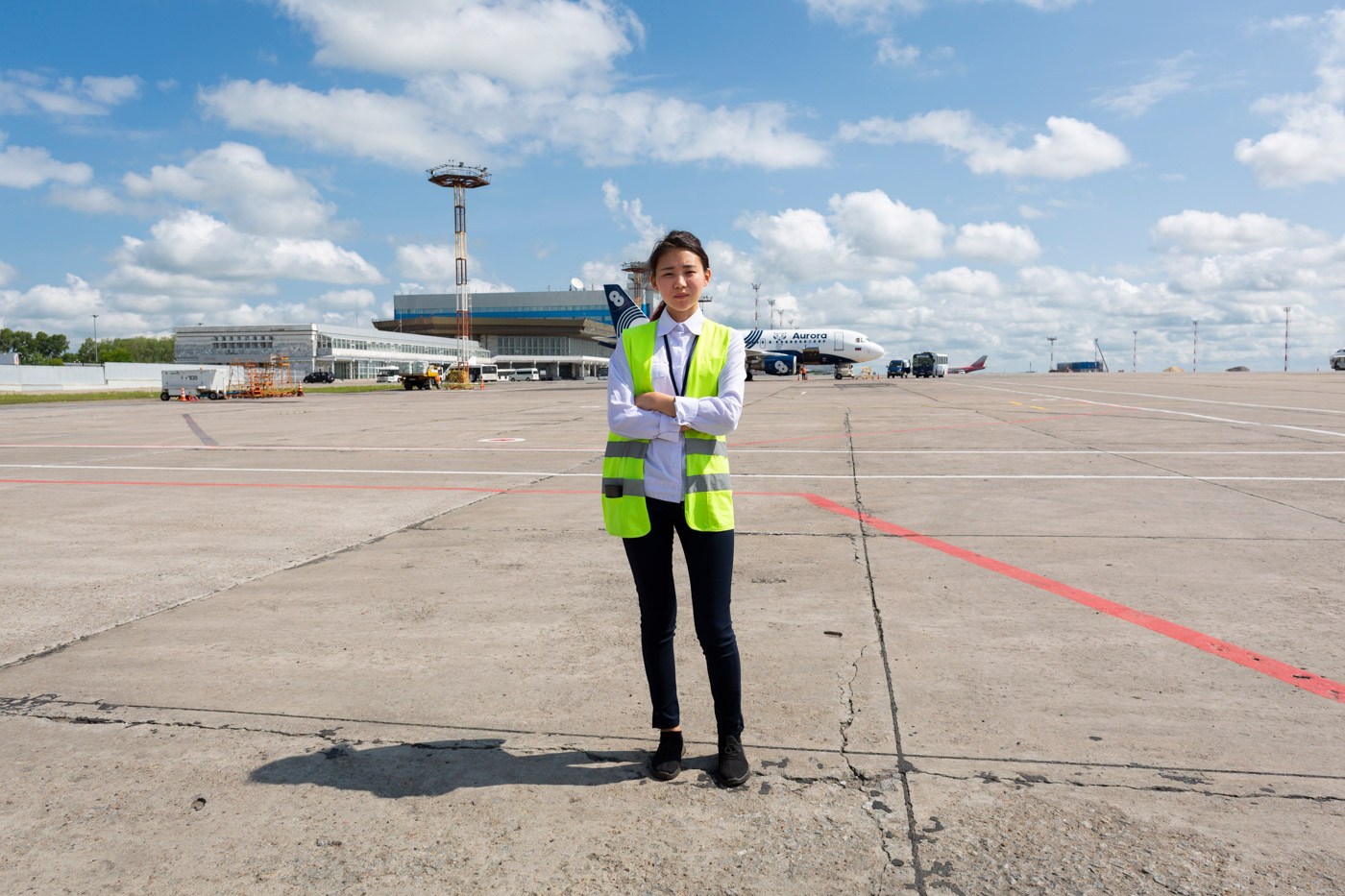Khabarovsk, Russia - 2019
At about 8.523km from Moscow and 30km from Chinese Manchuria, Khabarovsk is one of the main centers of the Russian Far East. Its proximity to China, Japan and the two Koreas makes this region one of the most interesting for business in the eastern part of Russia.
Along the shores of the majestic Amour River, the slow walk of people on the pier becomes a mosaic that alternates the faces of Russian citizens with the eastern features of the many Chinese who live, study and work in this huge suburb.
The expansion of Khabarovsk-Novyj airport thus becomes the symbol of an increasingly open and multicultural city, where inside the refined brick buildings of the 19th century and the most recent agglomerations of skyscrapers young people begin to study Chinese and understand which path to take for their future.
Thus, while geography forces this union between Moscow and Beijing, the citizens of Khabarovsk continue to carry on their traditions: from ice hockey to music, from the ceramic arts to the excellence of telecommunications systems up to the most remote suburbs where there are those who seem to resist time and contamination.
A circa a 8.523km da Mosca e 30km dalla Manciuria Cinese, Khabarovsk è uno dei principali centri dell’estremo oriente russo. La sua vicinanza con Cina, Giappone e le due Coree rende questa regione una delle più interessanti per gli affari nella parte orientale della Russia.
Lungo le rive del maestoso fiume Amour il lento passeggiare delle persone sul molo diventa un mosaico che alterna i volti dei cittadini russi ai tratti orientali dei numerosi cinesi che vivono, studiano e lavorano in questa enorme periferia.
L’espansione dell’aeroporto di Chabarovsk-Novyj diventa così il simbolo di una città sempre più aperta e multiculturale, dove all’interno dei raffinati edifici a mattoni del 19esimo secolo e dei più recenti agglomerati di grattacieli i giovani iniziano a studiare il cinese e a capire quale strada intraprendere per il loro futuro.
Così, mentre la geografia obbliga questa unione tra Mosca e Pechino, i cittadini di Khabarovsk continuano a portare avanti le loro tradizioni: dall’hockey sul ghiaccio alla musica, dalle arti ceramiche all’eccellenza dei sistemi di telecomunicazioni fino ad arrivare alle periferie più lontane dove c’è chi sembra resistere al tempo e alle contaminazioni.
